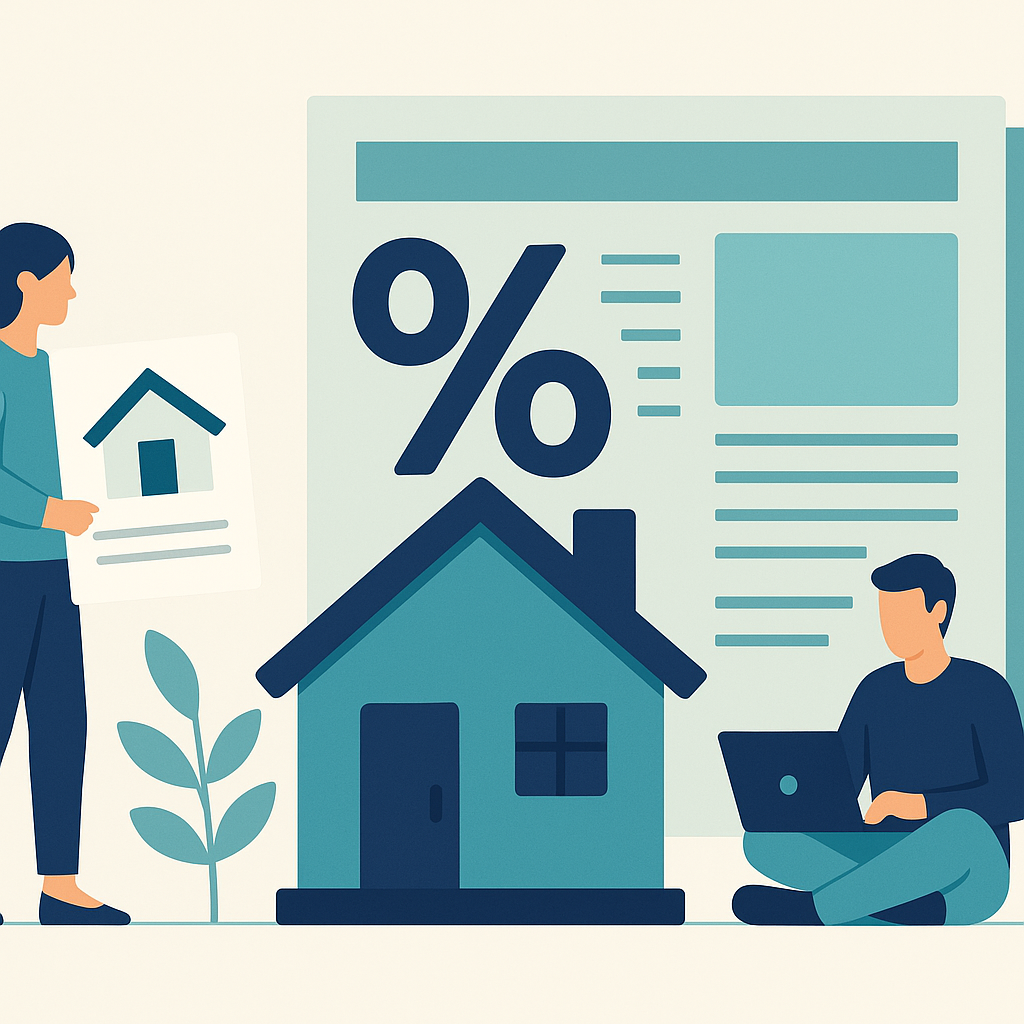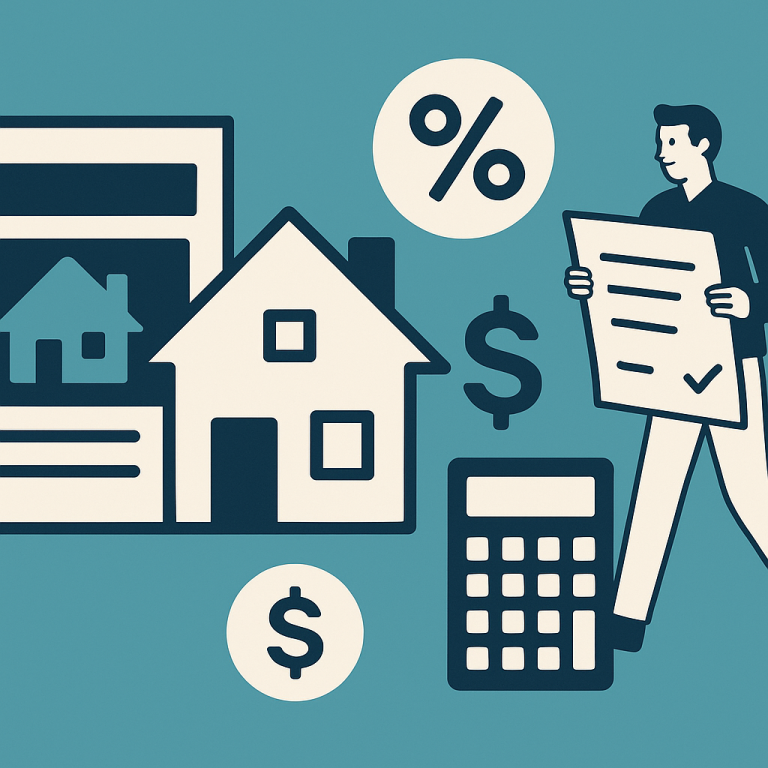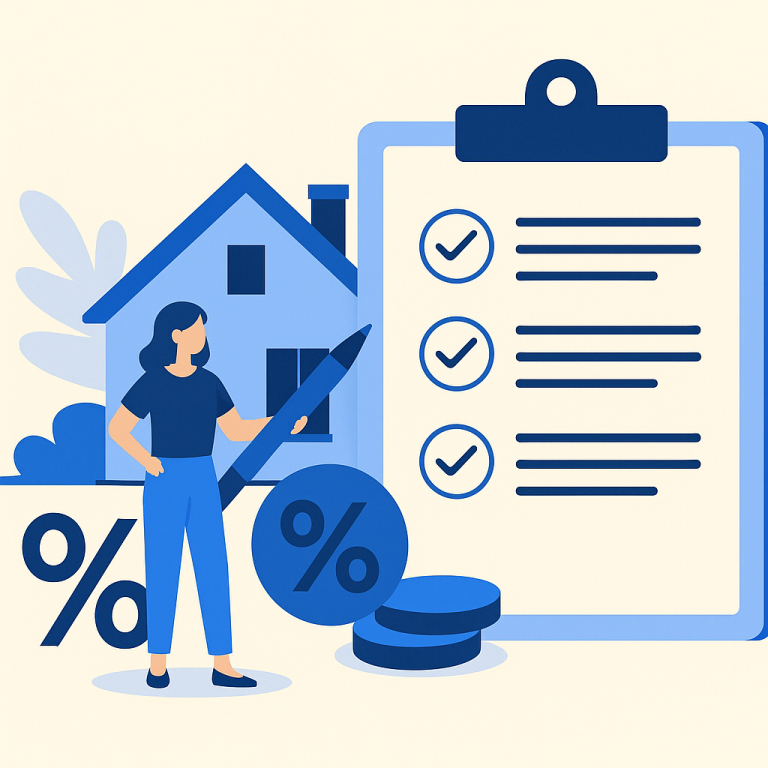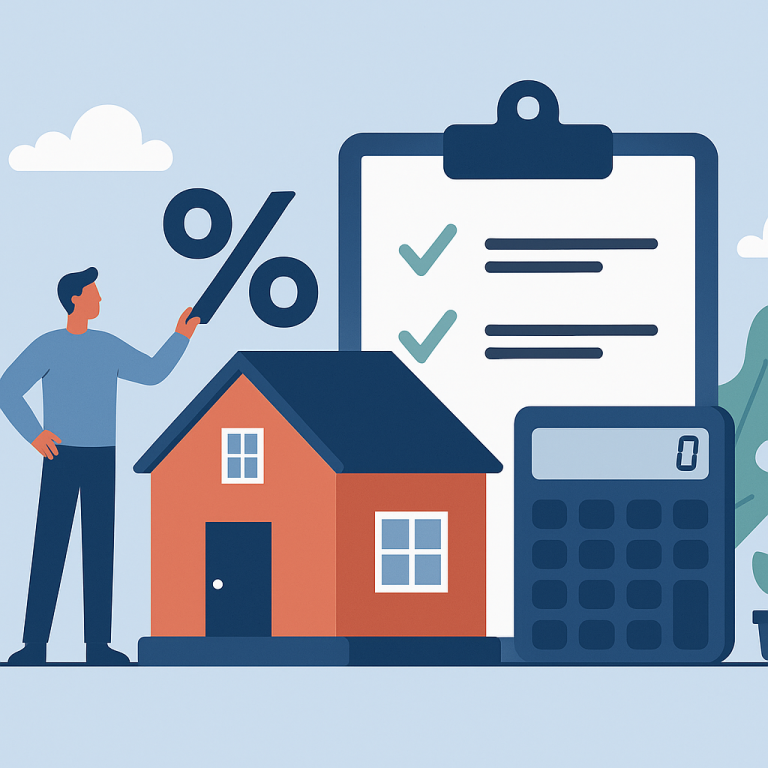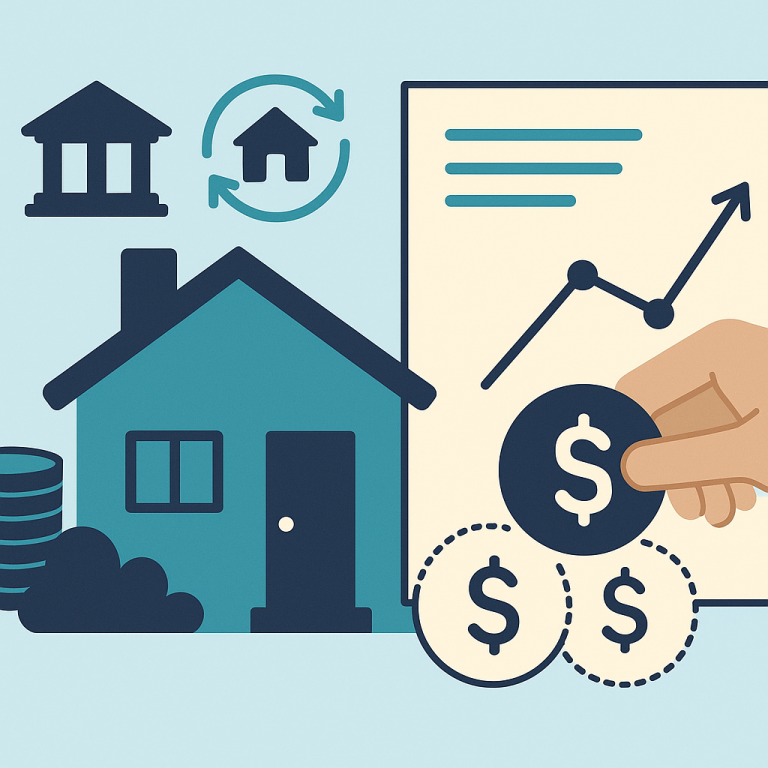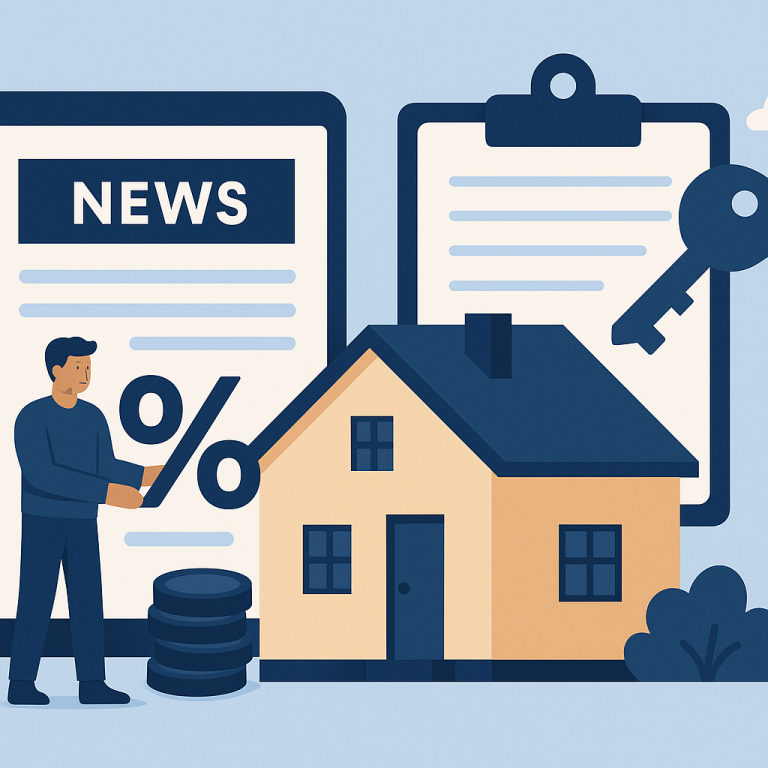Mortgage Refinances Surge As 30-Year Fixed Rate Falls Below 5%
When to Refinance: Focus on Break-Even Time and Your Homeownership Horizon
Refinancing a mortgage remains a powerful tool for homeowners seeking lower payments, a shorter amortization schedule, or liquidity through a cash-out option. The clearest signal to refinance is not a single interest-rate headline but whether the expected savings exceed the transaction costs within the time you plan to remain in the home. A structured, scenario-based approach helps homeowners avoid refinances that look attractive on paper but don’t pay off in practice.
At the center of any refinance decision is the break-even analysis. This calculation compares the up-front and recurring costs of a new loan—closing fees, third-party charges, and any prepayment penalties—against the monthly savings generated by a lower rate or a different loan term. If the break-even horizon is shorter than the period you expect to live in the home, the refinance can be financially sensible. If not, the refinance may reduce short-term liquidity without delivering net benefit.
Types of Refinances and How They Change the Math
Refinances typically fall into a few categories, each affecting the calculation differently:
- Rate-and-term refinance: Replaces the existing mortgage with a new rate or term. This usually yields straightforward monthly savings and a clear break-even calculation.
- Cash-out refinance: Converts home equity into cash. It increases the loan balance and may lengthen the break-even period due to larger closing costs and the higher principal.
- Term-shortening refinance: Keeps payments similar or slightly higher while cutting years off the schedule, reducing total interest paid over the life of the loan.
Each option shifts the trade-offs among monthly cash flow, overall interest expense, and access to liquidity. Homeowners should model multiple scenarios to compare outcomes.
Costs, Credit and Timing Considerations
Closing costs are a critical component of the decision and can be financed into the loan or paid out-of-pocket. Rolling costs into the principal increases the loan balance and extends the break-even period. Lenders also price loans based on borrower credit, loan-to-value ratio and documentation; stronger credit profiles and higher equity typically secure more favorable terms. Timing the market is a secondary concern—small, short-term rate moves are less relevant than whether the new loan meets your financial goals over your expected holding period.
Another factor is loan structure. Paying points to lower the rate can make sense for homeowners planning to stay long enough to recoup the upfront cost, whereas adjustable-rate products may be useful for short-term ownership but add rate-reset risk.
Practical Steps for Homeowners
- Run a break-even calculation that includes all fees and any change in principal balance; compare that to your expected time in the home.
- Model multiple refinance outcomes: lower rate with same term, same payment with shorter term, and a cash-out option if you need liquidity.
- Check how points, fees and whether you roll closing costs into the loan affect both monthly payment and long-term interest.
- Review your credit profile and equity position ahead of applying; small improvements in credit can sometimes reduce rates enough to change the decision.
- Obtain quotes from multiple lenders and run the same scenarios to ensure apples-to-apples comparisons.
Refinancing is most effective when it aligns with a clear financial objective—monthly savings, debt reduction, or cash access—and when the savings exceed costs over the time you expect to keep the property. Careful modeling and comparison shopping help homeowners convert general market opportunities into decisions that support their personal financial plans.
META: refinance-break-even-takeaways

